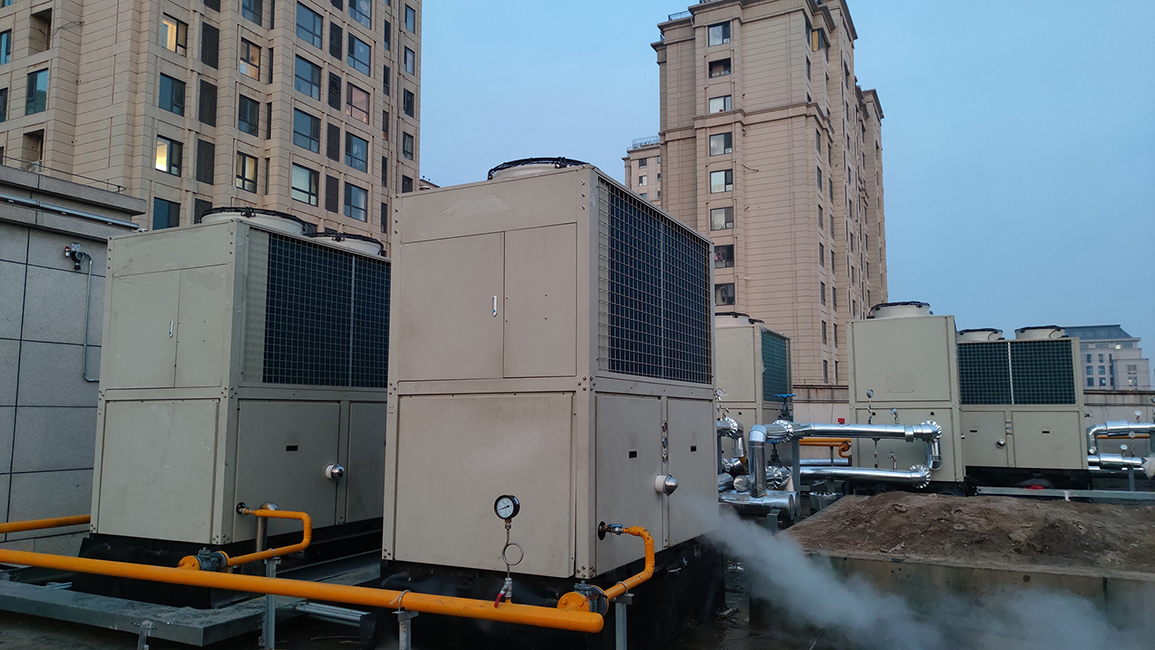- Afrikaans
- Albanian
- Amharic
- Arabic
- Armenian
- Azerbaijani
- Basque
- Belarusian
- Bengali
- Bosnian
- Bulgarian
- Catalan
- Cebuano
- China
- China (Taiwan)
- Corsican
- Croatian
- Czech
- Danish
- Dutch
- English
- Esperanto
- Estonian
- Finnish
- French
- Frisian
- Galician
- Georgian
- German
- Greek
- Gujarati
- Haitian Creole
- hausa
- hawaiian
- Hebrew
- Hindi
- Miao
- Hungarian
- Icelandic
- igbo
- Indonesian
- irish
- Italian
- Japanese
- Javanese
- Kannada
- kazakh
- Khmer
- Rwandese
- Korean
- Kurdish
- Kyrgyz
- Lao
- Latin
- Latvian
- Lithuanian
- Luxembourgish
- Macedonian
- Malgashi
- Malay
- Malayalam
- Maltese
- Maori
- Marathi
- Mongolian
- Myanmar
- Nepali
- Norwegian
- Norwegian
- Occitan
- Pashto
- Persian
- Polish
- Portuguese
- Punjabi
- Romanian
- Russian
- Samoan
- Scottish Gaelic
- Serbian
- Sesotho
- Shona
- Sindhi
- Sinhala
- Slovak
- Slovenian
- Somali
- Spanish
- Sundanese
- Swahili
- Swedish
- Tagalog
- Tajik
- Tamil
- Tatar
- Telugu
- Thai
- Turkish
- Turkmen
- Ukrainian
- Urdu
- Uighur
- Uzbek
- Vietnamese
- Welsh
- Bantu
- Yiddish
- Yoruba
- Zulu
11 月 . 29, 2024 21:45 Back to list
Properties and Applications of Ductile Nodular Iron in Engineering and Manufacturing
Ductile Nodular Iron A Comprehensive Overview
Ductile Nodular Iron, commonly referred to as ductile iron or spheroidal graphite iron, is a significant material in modern engineering and manufacturing industries. Renowned for its remarkable strength, ductility, and toughness, this versatile alloy has gained popularity in a wide range of applications, from automotive components to heavy machinery.
The Composition and Characteristics
Ductile iron is primarily composed of iron, carbon, and silicon. The unique aspect of its microstructure lies in the spherical or nodular shape of the graphite inclusions, which are responsible for its distinct mechanical properties. Unlike traditional cast iron, which typically exhibits flake graphite, the nodular form leads to improved strength and ductility. The transformation of flake graphite to nodular graphite occurs through the addition of small amounts of alloying elements, such as magnesium or cerium, during the melting process.
One of the most notable characteristics of ductile iron is its exceptional tensile strength, often exceeding that of many steels. This material can also endure significant stress and strain, allowing it to be deformed without breaking, a property that is crucial for components subjected to dynamic loads. Furthermore, ductile iron demonstrates excellent wear resistance, making it suitable for applications where surface hardness is essential.
Applications
Due to its advantageous properties, ductile iron is widely utilized across various industries. In the automotive sector, it is commonly used for manufacturing crankshafts, connecting rods, and other critical engine components. The combination of high strength and ductility ensures that these parts can withstand the demanding operating conditions found in modern engines.
Beyond automotive applications, ductile iron is prevalent in the construction and infrastructure sectors. It is often used to produce pipe fittings, manhole covers, and structural components that require both durability and flexibility. The material's resistance to corrosion and fatigue makes it an excellent choice for components exposed to harsh environmental conditions.
ductile nodular iron

Advantages over Other Materials
The advantages of ductile nodular iron over other materials are significant. Compared to traditional cast iron, the nodular form offers improved tensile properties, enabling thinner and lighter designs without sacrificing performance. Additionally, ductile iron often proves more cost-effective than some higher-grade alloys, providing an attractive balance between performance and manufacturing costs.
Future Prospects
As industries continue to evolve, the demand for materials that offer both strength and versatility is on the rise. Ductile iron stands out as a promising candidate for future innovations, especially as manufacturers seek to produce lightweight yet robust components for advanced applications, such as electric vehicles and renewable energy systems.
Furthermore, advancements in casting and alloying technologies are expected to enhance the properties and applications of ductile iron. Research into improving its properties further—such as fatigue resistance and wear characteristics—continues to push the boundaries of what can be achieved with this remarkable material.
Conclusion
Ductile nodular iron represents a perfect blend of strength, ductility, and versatility, making it an invaluable material in the contemporary manufacturing landscape. Its wide-ranging applications and continuous development signal a bright future for ductile iron as it meets the ever-increasing demands of modern engineering challenges. As industries innovate and evolve, ductile iron is poised to remain at the forefront, shaping the materials of tomorrow.
-
8mm Thin-Walled Cast Steel Manhole Cover Pallet Bottom Ring | Durable
NewsAug.04,2025
-
Premium Cast Iron Water Main Pipe: Durable, Corrosion-Resistant
NewsAug.03,2025
-
Durable Cast Iron Water Mains | AI-Optimized Systems
NewsAug.02,2025
-
High-Efficiency Propane Boiler for Baseboard Heat | Save Energy
NewsAug.01,2025
-
Premium Source Suppliers for Various Gray Iron Castings
NewsJul.31,2025
-
Durable Cast Iron Water Main Pipes | Long-Lasting
NewsJul.31,2025


